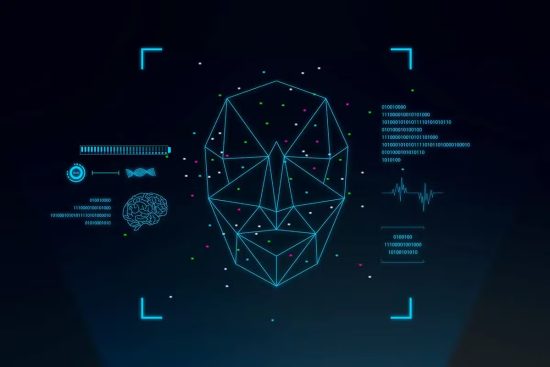
In the fast-paced world of e-commerce and digital content, speed and consistency often determine success. High-quality visuals are no longer a bonus; they are essential. But behind every perfect product photo lies hours of manual editing, retouching, and resizing. What if all that time could be saved without compromising quality? That is where smart image automation comes in, transforming how businesses handle visual workflows and setting a new standard for creative efficiency.
The Challenge with Manual Editing
Manual image editing is time-consuming, labor-intensive, and difficult to scale. Whether it is color correction, background removal, or maintaining brand consistency across hundreds of listings, creative teams often find themselves trapped in repetitive tasks. These processes not only delay time-to-market but also leave little room for innovation or experimentation.
In an age where sellers update catalogs frequently and marketplaces demand uniformity, manual workflows simply cannot keep up. That is where automation powered by AI changes the equation.
Enter Smart Image Automation
Smart image automation combines artificial intelligence and computer vision to handle image enhancement tasks instantly and intelligently. These systems analyze every visual detail, from lighting and texture to contrast and composition, and automatically make improvements based on pre-set standards or adaptive learning models.
Instead of a human editor spending hours adjusting individual images, AI-powered automation performs the same work in minutes with remarkable consistency and precision.
Strategic Advantages of Smart Image Automation
1. Speed and Scalability
AI-driven systems process large image volumes simultaneously, drastically cutting down editing times. For online sellers, this means faster uploads, quicker product launches, and more frequent catalog updates.
2. Consistency Across Visuals
Automation ensures every image adheres to the same brand guidelines with uniform brightness, tone, and aesthetics. This consistency helps maintain professional credibility and builds trust with buyers.
3. Smarter Use of Resources
When repetitive editing tasks are automated, teams can redirect their time toward creative strategy, visual storytelling, or campaign design. It is not just about efficiency; it is about empowerment.
4. Real-Time Adaptability
Smart automation systems continuously learn from data. They adapt to evolving marketplace standards or brand preferences, ensuring your visuals always meet the latest requirements without manual intervention.
A Closer Look: What Gets Automated
AI does not just automate one or two functions; it transforms the entire image processing pipeline.
- Automatic Background Removal: Creates clean, uniform product backgrounds without human effort.
- Lighting and Exposure Correction: Detects and adjusts poorly lit or overexposed images automatically.
- Color and Tone Balancing: Ensures every photo reflects true-to-life product colors.
- Shadow and Depth Enhancement: Adds natural shadows for realism and professional finish.
- Cropping and Resizing: Optimizes visuals for multiple platform formats such as websites, social media, and marketplaces.
The Strategic Impact on Business Performance
Speeding up image workflows does not just save time; it accelerates the entire business cycle. Automated editing means new products can go live faster, marketing teams can launch campaigns sooner, and customer experiences remain visually consistent.
For growing businesses and marketplaces, it is a competitive advantage that compounds over time. Faster visual delivery leads to quicker engagement, higher conversions, and improved operational efficiency across departments.
Balancing Automation with Human Creativity
The real innovation lies not in replacing humans but in enhancing them. Automation handles the mechanical aspects of editing, while designers and marketers focus on vision, creativity, and emotional appeal.
When humans and AI work together, the results are both efficient and inspiring. You get speed and precision from automation, and the creative flair that only human intuition can bring.
The Future of Visual Workflows
As technology evolves, smart image automation will grow even more intuitive, integrating predictive analytics, real-time quality assessment, and deeper customization for individual brands.
Businesses that embrace this transformation early will not only reduce operational friction but also create more meaningful and timely visual experiences for their audiences.
Final Thought
Reducing manual editing time is not just about working faster; it is about working smarter. Smart image automation brings a strategic edge, allowing businesses to maintain high visual standards while freeing up valuable human potential for creative and strategic growth.
It is innovation that saves time, scales creativity, and keeps every image a step ahead of expectation.


